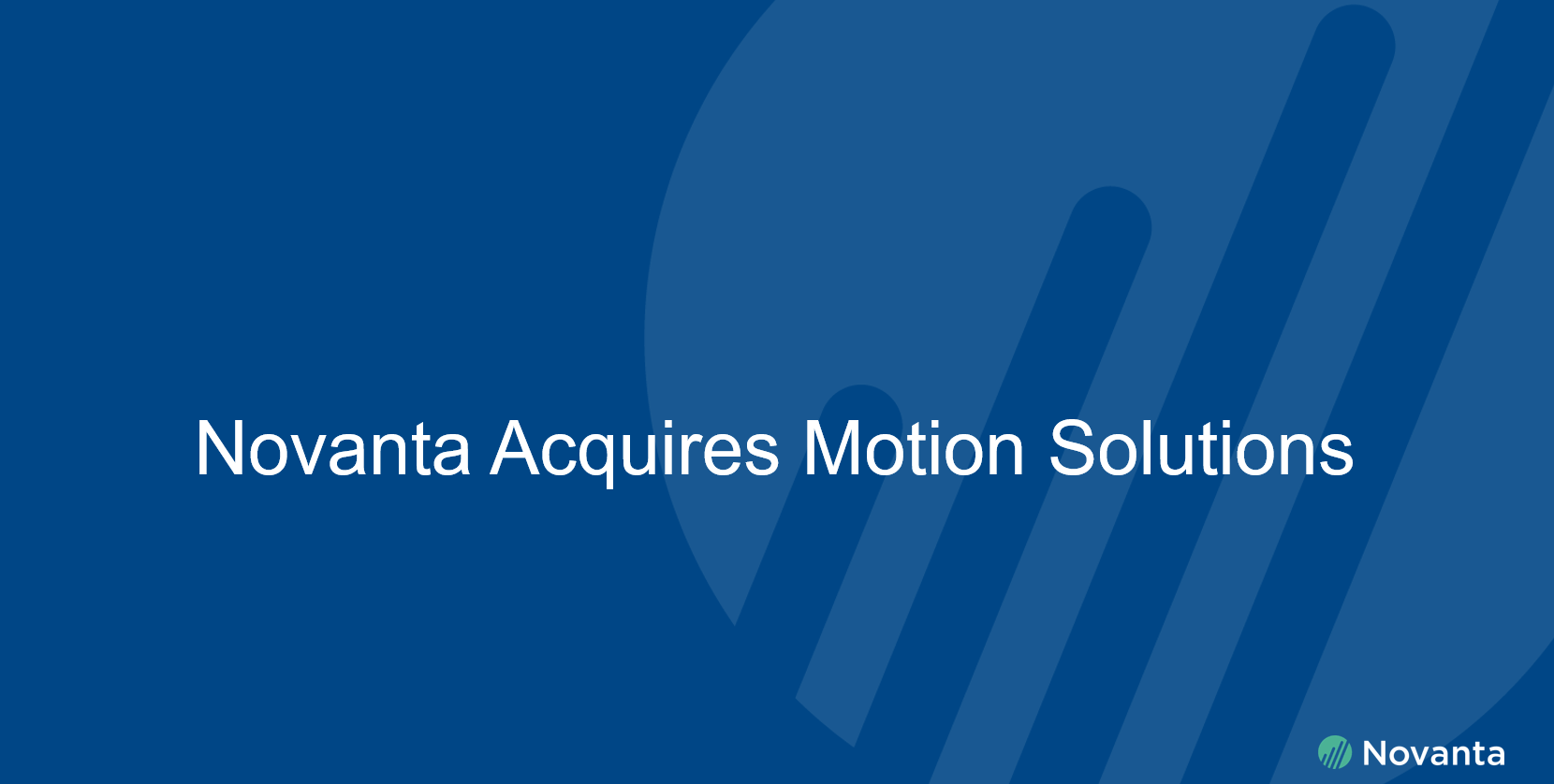New directions in life sciences, aiding the make-versus-buy decision, solving the energy challenge, and the critical pillar of digitization.
Editor’s Note: this story is part of an ongoing series of blog entries in which Motion Solutions partners discuss opportunities and challenges facing the automation industry.
Q: What are some of the most important, new emerging technologies in your core markets?
Eric Klein: I can address this question from several viewpoints. Emerging technologies in life sciences, a particular interest of mine, include delivering aqueous solutions of drugs in preparation for key disciplines (drug discovery, big pharma, research, analytical, etc.). Currently, these solutions are delivered via manual pipette. Automating the 100-ml syringe pump/selector valve will drive the pace of these markets.
Other life sciences focuses include supporting automated mass spectrometers capable of directly sampling into the ion source. This development will reduce the use of liquid chromatography. Finally, automating DNA sequencing on a chip has tremendous potential for personalized medicine and medical diagnostics.
If we just want to focus on the automation aspect of analytical instrumentation, there are two key trends to watch. First, instruments are not always operated by skilled laboratory technicians. More work is needed to improve diagnostics and make the instruments easier to use. Touchscreen technology is a key lever for this trend, along with software analytics.
Meanwhile, instruments are evolving from large, hospital- or laboratory-based equipment to systems that can be located in a doctor’s office or small test lab. Patients want results as soon as possible. These instruments need to be smaller, simpler, faster, and quieter in order to satisfy market demand. From an automation standpoint, that requires simplified motor solutions with improved power density and heat dissipation.
Q: What do you think are some of the biggest challenges in motion control today, and what is your company doing about it?
EK: The Industrial Internet of Things requires more automation and connectivity in instruments and machines. Integrated motors are very good solutions to give flexibility and adaptability to new situations the instrument/machine could face. Increasing the automation level means a big investment and end customers need to see tangible value as a result. As the size of instruments/machines are reduced, then the cost and size of the software and connectivity that provide the automation become a bigger concern for OEMs. Schneider Electric Motion USA’s direction is to make our motion as compact as possible, and as cost effective as possible, with universal connectivity capabilities.
For customers, make versus buy decisions and managing development costs going forward can be a challenge. For example, stepper motors and discrete controls may seem relatively inexpensive, but when you add the necessary software for more precise control, heat dissipation, and cabling, an instrument manufacturer can potentially wind up spending more than expected.
Q: What industry trends are you seeing that are likely to have the biggest impact on your business?
EK: Greater use of contract manufacturers by OEMs. Design, validation, manufacturing, and testing are being outsourced. Primarily we’ve seen this with electronics, but we see full assembly being handled by someone other than the OEMs.
There is a big push to reduce time-to-market. As mentioned previously, tools to help in the design phase, validation, and initial mock-ups will help speed development. Finally, there is an ongoing movement toward pushing greater enforcement of regulations, such as CE and Reach, down to the sub-suppliers.
Q: What developments are you most excited about, and which do you think will have a major influence on your business?
EK: Digitization is a critical pillar for Novanta IMS. The consumer trend of being connected 100% in our lives with the new technologies is clear. Bringing digitization to business is the next step. In the future, someone will put an order in a mobile phone and a machine will react in another part of the world to produce that item with all the requested customization.
In the life sciences market, there is a lot of focus on the development of instrumentation for next-generation sequencing (NGS), an advanced form of DNA analysis. This technology holds considerable promise for personalized medicine and preventative care. Finally, the use of mass spectrometry in the cannabis market will be interesting to follow as regulations will need to be verified by growers.
Q: From an industry perspective, what keeps you up at night?
EK: The reduction of the energy consumption in the world. More than 50% of the energy in the world is consumed by industry and infrastructure/buildings. Automation technology provides tools for lowering those numbers.
We’re also seeing changes in FDA regulations in the life sciences market. Very soon, sub-suppliers will be expected to meet ISO 13485. That will have big ramifications for many companies.

Eric Klein is global sales manager at Novanta IMS USA.




